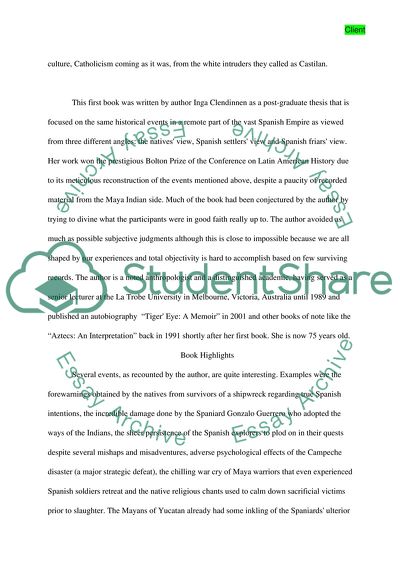Cite this document
(The Book Ambivalent Conquests Report/Review Example | Topics and Well Written Essays - 1000 words, n.d.)
The Book Ambivalent Conquests Report/Review Example | Topics and Well Written Essays - 1000 words. Retrieved from https://studentshare.org/history/1726025-book-report-on-ambivalent-conquest
The Book Ambivalent Conquests Report/Review Example | Topics and Well Written Essays - 1000 words. Retrieved from https://studentshare.org/history/1726025-book-report-on-ambivalent-conquest
(The Book Ambivalent Conquests Report/Review Example | Topics and Well Written Essays - 1000 Words)
The Book Ambivalent Conquests Report/Review Example | Topics and Well Written Essays - 1000 Words. https://studentshare.org/history/1726025-book-report-on-ambivalent-conquest.
The Book Ambivalent Conquests Report/Review Example | Topics and Well Written Essays - 1000 Words. https://studentshare.org/history/1726025-book-report-on-ambivalent-conquest.
“The Book Ambivalent Conquests Report/Review Example | Topics and Well Written Essays - 1000 Words”, n.d. https://studentshare.org/history/1726025-book-report-on-ambivalent-conquest.


